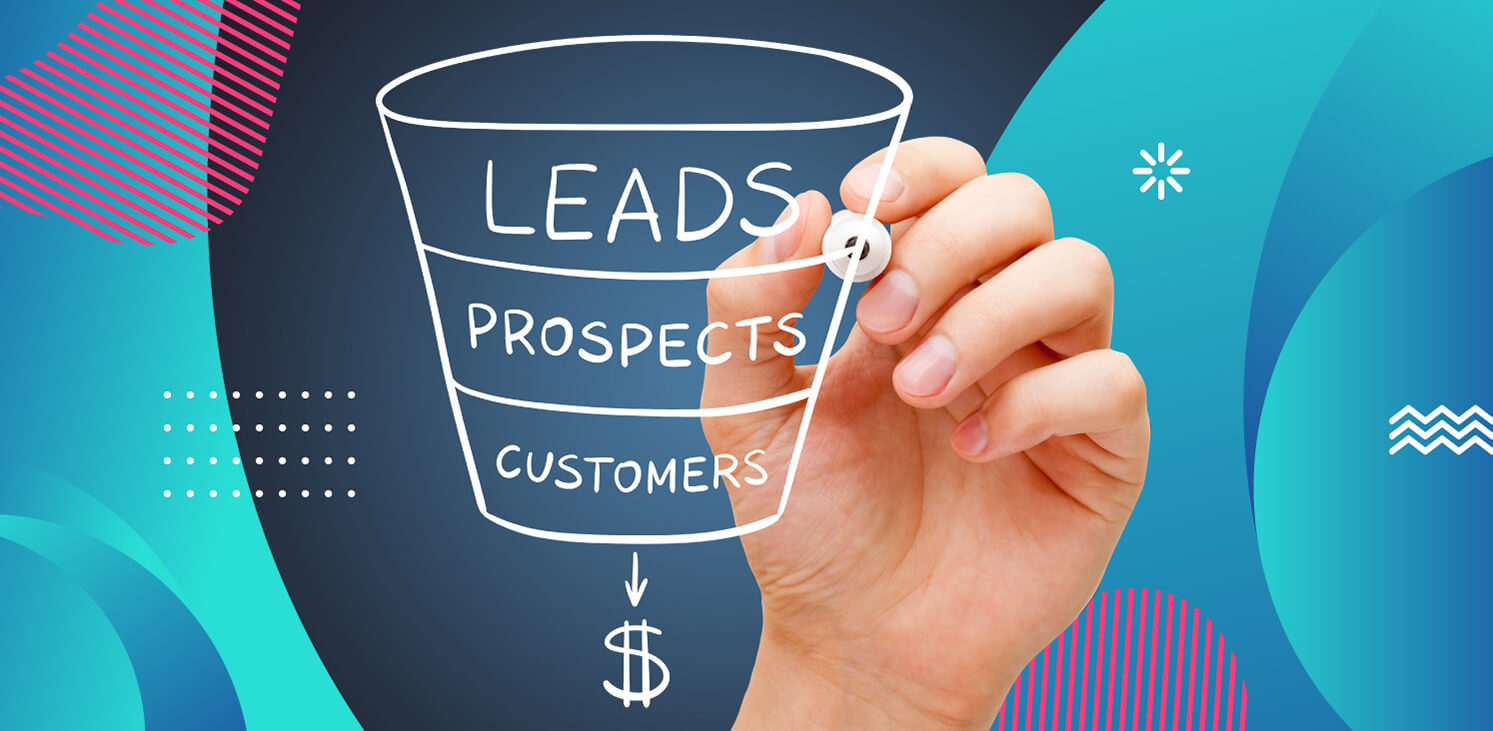Lead Generation: A Beginner’s Guide to Generating Business Leads the Inbound Way

In today’s digital era, businesses are constantly seeking effective ways to attract potential customers. Lead generation, particularly through inbound marketing, has become a critical strategy for driving growth and building long-term relationships. But what exactly is lead generation, and how can it be done the inbound way? This guide from Add Prospects will walk you through the essentials of generating business leads using inbound marketing techniques.
Understanding Lead Generation
Lead generation is the process of attracting and converting strangers and prospects into someone who has indicated interest in your company’s product or service. This interest is often shown through an action like downloading an ebook, filling out a form, or subscribing to a newsletter.

What is Inbound Lead Generation?
Inbound lead generation focuses on attracting customers to your business by creating valuable content and experiences tailored to them. Unlike outbound marketing, which involves reaching out to people through cold calls, emails, or advertisements, inbound marketing aligns with customer needs and provides solutions that naturally draw them in.
Why Choose Inbound Over Outbound?
Outbound marketing can be intrusive and often faces resistance from consumers. In contrast, inbound marketing fosters trust and builds rapport with potential customers by addressing their pain points and offering valuable information. This approach not only attracts leads but also nurtures them, turning them into loyal customers.
The Inbound Lead Generation Process
1. Attract: Drawing in the Right Audience
To generate leads inbound, start by attracting the right audience to your website. This can be done through various content marketing strategies like blogging, social media marketing, and search engine optimization (SEO). Create content that resonates with your target audience and addresses their specific needs or problems.
2. Convert: Turning Visitors into Leads
Once you’ve attracted visitors, the next step is to convert them into leads. This involves offering something of value, such as an ebook, webinar, or free consultation, in exchange for their contact information. Use landing pages, forms, and compelling calls-to-action (CTAs) to capture their details.
3. Close: Nurturing Leads to Make a Purchase
Not all leads are ready to make a purchase right away. Lead nurturing is about building relationships with your leads through targeted email campaigns, personalized content, and follow-ups. The goal is to move them through the sales funnel until they’re ready to buy.
4. Delight: Turning Customers into Promoters
The inbound methodology doesn’t stop at closing deals. Delight your customers by providing exceptional service and continued value even after the sale. Satisfied customers are more likely to become repeat buyers and advocates for your brand.
Tools and Techniques for Effective Inbound Lead Generation
1. Content Marketing
Content is the cornerstone of inbound marketing. Create informative blog posts, whitepapers, videos, and infographics that answer your audience’s questions and provide solutions to their problems. This positions your brand as an authority in your industry.
2. Search Engine Optimization (SEO)
SEO is crucial for increasing the visibility of your content. Use relevant keywords, optimize your website’s structure, and build backlinks to rank higher in search engine results. This ensures that your content reaches the right audience at the right time.
3. Social Media Marketing
Social media platforms like LinkedIn, Twitter, and Facebook are powerful tools for reaching and engaging with potential leads. Share your content, interact with your audience, and use social media ads to target specific demographics.
4. Email Marketing
Email marketing is an effective way to nurture leads. Send personalized, targeted emails that provide value and guide leads through the buyer’s journey. Automation tools can help streamline this process, ensuring timely and relevant communication.
5. Landing Pages and CTAs
Design compelling landing pages that are focused on a single offer, with clear and persuasive CTAs. Make it easy for visitors to understand the value of your offer and what action they need to take next.
Measuring the Success of Your Inbound Lead Generation Efforts
It’s essential to track the performance of your lead generation strategies. Use analytics tools to monitor metrics such as website traffic, conversion rates, and lead quality. This data will help you refine your approach and optimize your campaigns for better results.
Common Challenges and How to Overcome Them
Generating leads can be challenging, especially for beginners. Common obstacles include attracting the wrong audience, low conversion rates, and a lack of resources. To overcome these challenges, continually refine your buyer personas, optimize your content, and invest in the right tools and training.
Conclusion: The Power of Inbound Lead Generation
Inbound lead generation is a powerful way to attract, convert, and nurture potential customers. By creating valuable content, optimizing your online presence, and building meaningful relationships with your audience, you can generate high-quality leads that drive business growth. Remember, the key to success is consistency, patience, and a customer-centric approach.
Start implementing these strategies today with Add Prospects, and watch your leads grow in both quantity and quality!
This post is tailored to provide a beginner’s guide to inbound lead generation, positioning Add Prospects as a knowledgeable and helpful resource in the industry.


